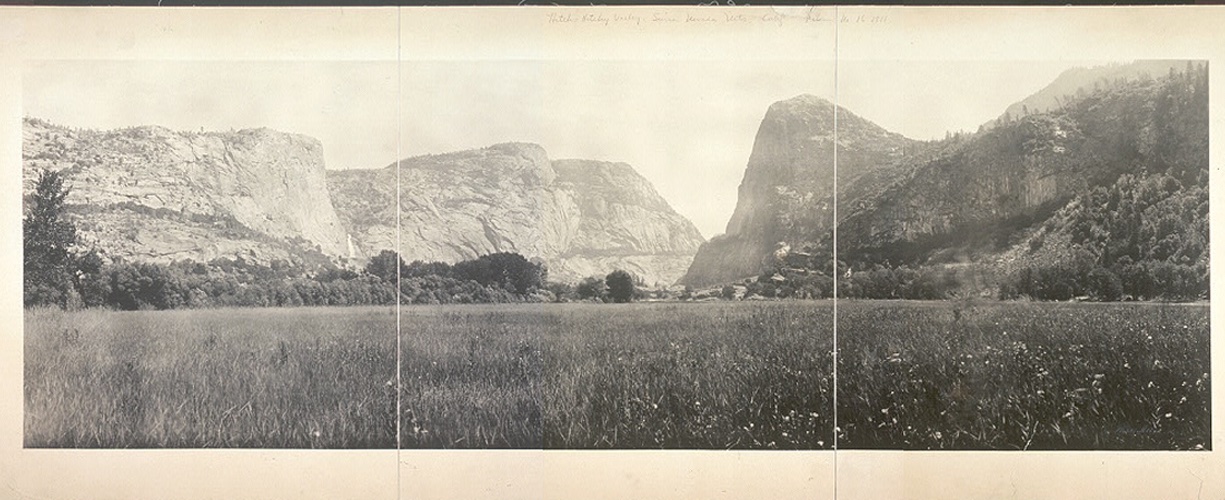Preservation and conservation may sound similar, but they have very different meanings. Preservation means setting aside the land and protecting it as it is. Conservation means using natural resources responsibly.
THE FIGHT OVER HETCH-HETCHY VALLEY
Tyra watched the sunrise through the thin fabric of her tent. Even though it was early, she could already feel the heat of the day. Once again, there was no rain in the weather forecast. Even four hours away from her home in San Francisco, they were still feeling the effects of the drought. Tyra was excited to start the day because she and her father were taking a tour of Yosemite National Park. Their first stop was the beautiful Hetch Hetchy Valley on the Tuolumne River, which was the source of a fierce debate between preservationists and conservationists in the early 20th century.
The preservationists were led by naturalist and author John Muir who spent his life telling others about America’s wilderness. Muir wrote letters and books describing his travels through nature. He felt the land and its resources deserved protection so that everyone could experience the beauty and adventure of the outdoors. Muir’s efforts helped lead to the creation of the U.S. Forest Service in 1905.
John Muir wasn’t the only person who recognized value in these western lands. Gifford Pinchot was a forester turned politician who supported the sustainable use of the nation’s natural resources. Pinchot and his supporters, including President Theodore Roosevelt, believed in a practical approach to conservation that promoted the sustainable use of natural resources so that public land could be conserved as well as used.
In the Hetch Hetchy Valley, Tyra could see why John Muir wanted to preserve the beauty of the land. But she and her dad listened as the park ranger explained how Muir and Pinchot disagreed over building a dam in the Hetch Hetchy Valley. Pinchot knew a dam could provide fresh water for citizens in San Francisco. These conservationists received extra support in 1906 after a huge fire tore through San Francisco and it became clear that residents needed access to more water. After experiencing four months of drought first-hand, Tyra could understand why some people would want to use available natural resources.
Muir and Pinchot both had many supporters who argued for or Eventually, Pinchot’s group succeeded, and a dam was built in the Hetch Hetchy Valley to provide water for San Francisco. While Muir may not have achieved his goal of preservation in this instance, his determination to preserve land increased awareness of public lands and helped start the National Park Service that protects them.
Your Challenge
Investigate the primary sources to make note of the tactics and arguments of both the preservationists and the conservationists.
Use your evidence to make a case for either prohibiting or allowing a dam to be built in the Hetch Hetchy Valley.
After you have made your case, do some digging to uncover a contemporary issue involving a disagreement over the use of natural resources. Provide a brief summary of the issue and one action you could take to support your stand on the issue.
Teachers
Have your students take this challenge and make their case! To begin, send your students to this website with this challenge’s code.





































